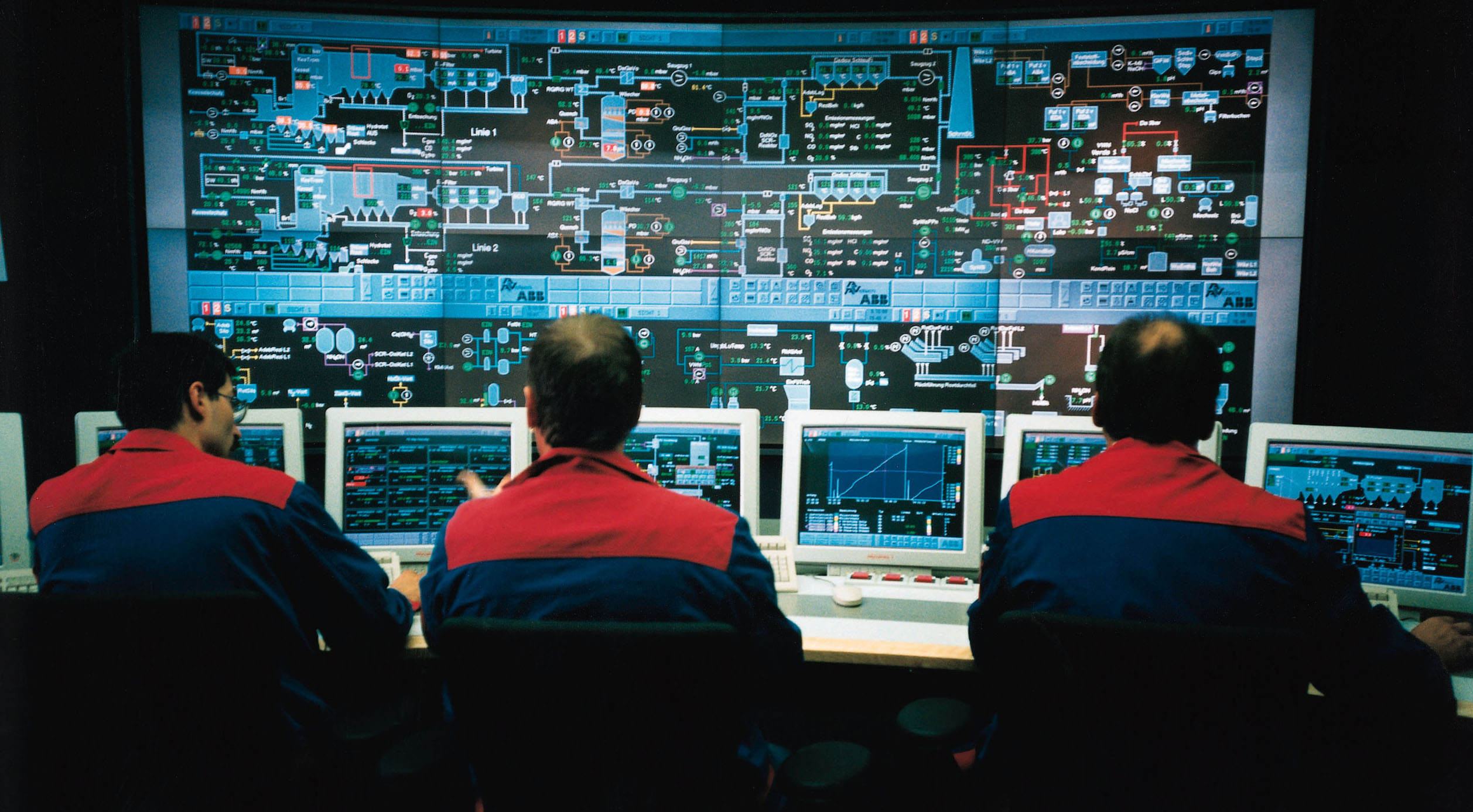|
Micral
Micral is a series of microcomputers produced by the French company Réalisation d'Études Électroniques (:fr:R2E, R2E), beginning with the Micral N in early 1973. The Micral N was one of the first commercially available microprocessor-based computers. In 1986, three judges at The Computer Museum, Boston – Apple II designer and Apple Inc. co-founder Steve Wozniak, early Micro Instrumentation and Telemetry Systems, MITS employee and ''PC World'' publisher David Bunnell, and the museum's associate director and curator Oliver Strimpel – awarded the title of "first personal computer using a microprocessor" to the 1973 Micral. The Micral N was the earliest commercial, non-kit personal computer based on a microprocessor (in this case, the Intel 8008). The Computer History Museum currently says that the Micral is one of the earliest commercial, non-kit personal computers. The 1971 Kenba ... [...More Info...] [...Related Items...] OR: [Wikipedia] [Google] [Baidu] |
François Gernelle
François Gernelle (born December 20, 1944) is a French engineer, computer scientist and entrepreneur famous for inventing the first micro-computer using a micro-processor, the Micral N. Education In the late 1960s, Gernelle earned an engineering degree at the Conservatoire National des Arts et Métiers. In 1978, he earned a Ph.D. in computer science at the Pierre Mendès-France University of Grenoble. Career Intertechnique and R2E In 1968, he was hired by Intertechnique, a company specialized in electronic measurement for aviation. There he discovered the Intel 8008 The Intel 8008 ("''eight-thousand-eight''" or "''eighty-oh-eight''") is an early 8-bit microprocessor capable of addressing 16 KB of memory, introduced in April 1972. The 8008 architecture was designed by Computer Terminal Corporation (CTC) and ... microprocessor and imagined all its potential applications. As his hierarchy didn't share his views on the i8008 development capacity, he resigned in 1972 ... [...More Info...] [...Related Items...] OR: [Wikipedia] [Google] [Baidu] |
André Truong Trong Thi
André Trương Trọng Thi (1936–2005) was a Vietnamese-France, French Computer engineering, computer engineer. He is considered to be the "father of the personal computer" for his 1973 creation along with French inventor François Gernelle of the Micral, Micral N microcomputer based on an Intel 8008 processor, one of the world's first commercial microcomputers. Early life Trương Trọng Thi was born in 1936 in Chợ Lớn, Ho Chi Minh City, Cholon (Saigon). When he was 14 years old, he arrived in France to study, and later studied at the ''École française de radioélectricité'' (now EFREI). After working for Schlumberger and Intertechnique for some time, he formed the company R2E (''Réalisation d'Études Électroniques'') in 1971. In 1973, thanks to François Gernelle and a team of engineers, his company created the Micral, the first non-kit microprocessor-based personal computer in the world. It was created two years before the MITS Altair of Micro Instrumentation and ... [...More Info...] [...Related Items...] OR: [Wikipedia] [Google] [Baidu] |
Microcomputer
A microcomputer is a small, relatively inexpensive computer having a central processing unit (CPU) made out of a microprocessor. The computer also includes memory and input/output (I/O) circuitry together mounted on a printed circuit board (PCB). Microcomputers became popular in the 1970s and 1980s with the advent of increasingly powerful microprocessors. The predecessors to these computers, mainframes and minicomputers, were comparatively much larger and more expensive (though indeed present-day mainframes such as the IBM System z machines use one or more custom microprocessors as their CPUs). Many microcomputers (when equipped with a keyboard and screen for input and output) are also personal computers (in the generic sense). An early use of the term "personal computer" in 1962 predates microprocessor-based designs. ''(See "Personal Computer: Computers at Companies" reference below)''. A "microcomputer" used as an embedded control system may have no human-readable input and ... [...More Info...] [...Related Items...] OR: [Wikipedia] [Google] [Baidu] |
Intel 8008
The Intel 8008 ("''eight-thousand-eight''" or "''eighty-oh-eight''") is an early 8-bit microprocessor capable of addressing 16 KB of memory, introduced in April 1972. The 8008 architecture was designed by Computer Terminal Corporation (CTC) and was implemented and manufactured by Intel. While the 8008 was originally designed for use in CTC's Datapoint 2200 programmable terminal, an agreement between CTC and Intel permitted Intel to market the chip to other customers after Seiko expressed an interest in using it for a calculator. History In order to address several issues with the Datapoint 3300, including excessive heat radiation, Computer Terminal Corporation (CTC) designed the architecture of the 3300's planned successor with a CPU as part of the internal circuitry re-implemented on a single chip. Looking for a company able to produce their chip design, CTC co-founder Austin O. "Gus" Roche turned to Intel, then primarily a vendor of memory chips. Roche met with Bob Noyce, who ... [...More Info...] [...Related Items...] OR: [Wikipedia] [Google] [Baidu] |
Personal Computer
A personal computer, commonly referred to as PC or computer, is a computer designed for individual use. It is typically used for tasks such as Word processor, word processing, web browser, internet browsing, email, multimedia playback, and PC game, gaming. Personal computers are intended to be operated directly by an end user, rather than by a computer expert or technician. Unlike large, costly minicomputers and mainframes, time-sharing by many people at the same time is not used with personal computers. The term home computer has also been used, primarily in the late 1970s and 1980s. The advent of personal computers and the concurrent Digital Revolution have significantly affected the lives of people. Institutional or corporate computer owners in the 1960s had to write their own programs to do any useful work with computers. While personal computer users may develop their applications, usually these systems run commercial software, free-of-charge software ("freeware"), which i ... [...More Info...] [...Related Items...] OR: [Wikipedia] [Google] [Baidu] |
The Computer Museum, Boston
The Computer Museum was a Boston, Massachusetts, museum that opened in 1979 and operated in three locations until 1999. It was once referred to as TCM and is sometimes called the Boston Computer Museum. When the museum closed and its space became part of Boston Children's Museum next door in 2000, much of its collection was sent to the Computer History Museum in California. History The Digital Computer History Museum The Digital Equipment Corporation (DEC) Museum Project began in 1975 with a display of circuit and memory hardware in a converted lobby closet of DEC's Main (Mill) Building 12 in Maynard, Massachusetts. In September 1979, with the assistance of Digital Equipment Corporation, Gordon Bell, Gordon and Gwen Bell founded the Digital Computer Museum in a former RCA building in Marlboro, Massachusetts. Though entirely funded by DEC and housed within a corporate facility, from its inception the museum's activities were altruistic, with an industry-wide, international preservat ... [...More Info...] [...Related Items...] OR: [Wikipedia] [Google] [Baidu] |
Châtenay-Malabry
Châtenay-Malabry () is a commune in the southwestern suburbs of Paris. It is located from the center of Paris. The French writer Chateaubriand lived in the estate at Châtenay-Malabry. The Garden City in the Butte Rouge, the , is one of the earliest examples of housing at moderated rents (). Châtenay was the location of , of the Faculty of Pharmacy of the University of Paris-Sud and is the location of French national laboratory of doping detection. It is also the home of the Arboretum de la Vallée-aux-Loups. The high-speed LGV Atlantique crosses the city through a tunnel covered by a park called (greenway). From 31 December 2002, it was part of the Agglomeration community of Hauts de Bièvre, which merged into the in January 2016. Geography Châtenay-Malabry is situated near the Parc de Sceaux. It borders the department of Essonne which borders the department of Yvelines. Châtenay-Malabry is demarcated by the communes of Sceaux, Antony, Bièvres, Plessis-R ... [...More Info...] [...Related Items...] OR: [Wikipedia] [Google] [Baidu] |
Process Control
Industrial process control (IPC) or simply process control is a system used in modern manufacturing which uses the principles of control theory and physical industrial control systems to monitor, control and optimize continuous Industrial processes, industrial production processes using control algorithms. This ensures that the industrial machines run smoothly and safely in factories and efficiently use energy to transform raw materials into high-quality finished products with reliable consistency while reducing Efficient energy use#Industry, energy waste and economic costs, something which could not be achieved purely by human manual control. In IPC, control theory provides the theoretical framework to understand system dynamics, predict outcomes and design control strategies to ensure predetermined objectives, utilizing concepts like feedback loops, stability analysis and controller design. On the other hand, the physical apparatus of IPC, based on automation technologies, cons ... [...More Info...] [...Related Items...] OR: [Wikipedia] [Google] [Baidu] |
Minicomputer
A minicomputer, or colloquially mini, is a type of general-purpose computer mostly developed from the mid-1960s, built significantly smaller and sold at a much lower price than mainframe computers . By 21st century-standards however, a mini is an exceptionally large machine. Minicomputers in the traditional technical sense covered here are only small relative to generally even earlier and much bigger machines. The class formed a distinct group with its own software architectures and operating systems. Minis were designed for control, instrumentation, human interaction, and communication switching, as distinct from calculation and record keeping. Many were sold indirectly to original equipment manufacturers (OEMs) for final end-use application. During the two-decade lifetime of the minicomputer class (1965–1985), almost 100 minicomputer vendor companies formed. Only a half-dozen remained by the mid-1980s. When single-chip CPU microprocessors appeared in the 1970s, the defi ... [...More Info...] [...Related Items...] OR: [Wikipedia] [Google] [Baidu] |
Integrated Circuit
An integrated circuit (IC), also known as a microchip or simply chip, is a set of electronic circuits, consisting of various electronic components (such as transistors, resistors, and capacitors) and their interconnections. These components are etched onto a small, flat piece ("chip") of semiconductor material, usually silicon. Integrated circuits are used in a wide range of electronic devices, including computers, smartphones, and televisions, to perform various functions such as processing and storing information. They have greatly impacted the field of electronics by enabling device miniaturization and enhanced functionality. Integrated circuits are orders of magnitude smaller, faster, and less expensive than those constructed of discrete components, allowing a large transistor count. The IC's mass production capability, reliability, and building-block approach to integrated circuit design have ensured the rapid adoption of standardized ICs in place of designs using discre ... [...More Info...] [...Related Items...] OR: [Wikipedia] [Google] [Baidu] |






